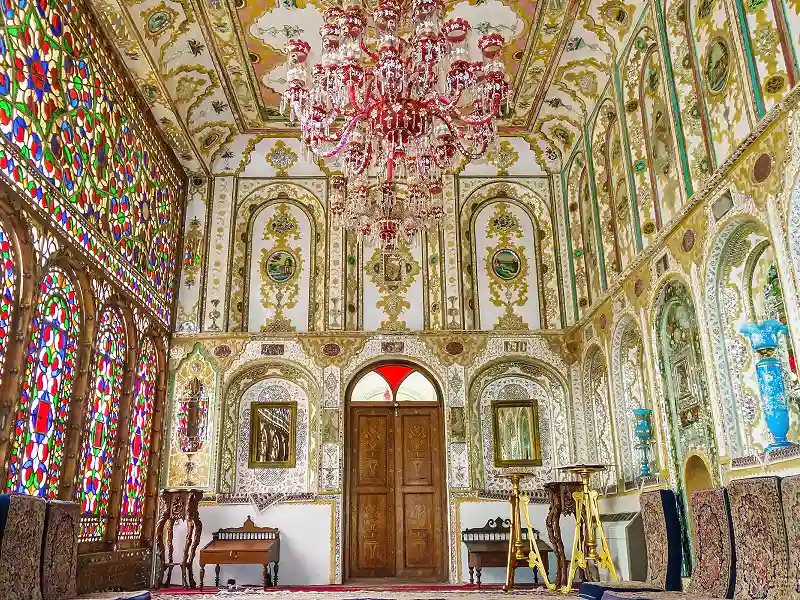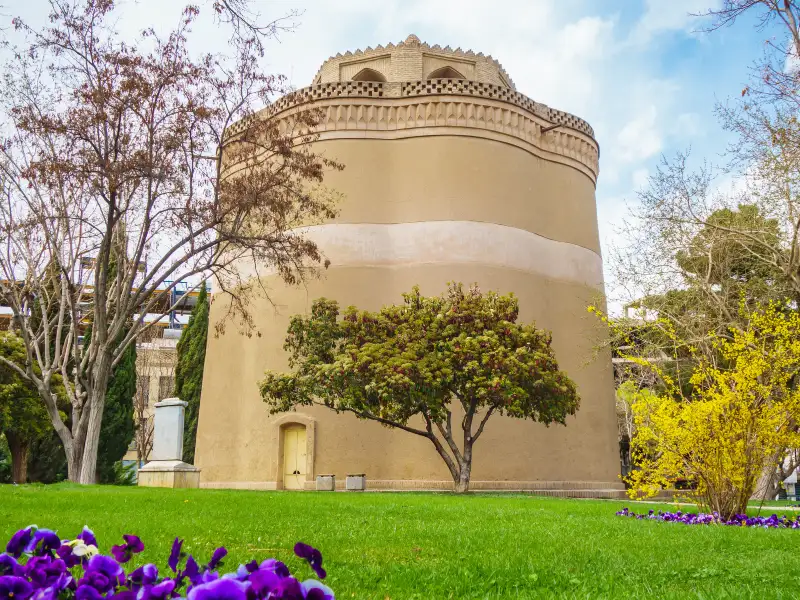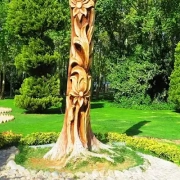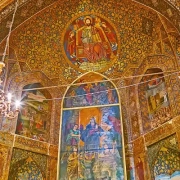Soffeh Mountain Park, Isfahan (Photos, Reviews, location)
One of the hidden gems and lesser-known places in Isfahan is Soffeh Mountain Park, an ideal location to have all the fun and dive into the charming atmosphere of Isfahan. Soffeh Mountain Park is a cool place to visit; it may not be as famous as any other attractions in Isfahan but it has a variety of things to offer that you will enjoy exploring the area. Let’s gear up and explore the Soffeh Mountain Park in this short article to learn more about the top things to do in Isfahan.
Soffeh Mountain Park in Isfahan
Soffeh Mountain Park in Isfahan is the definition of a great atmosphere and thrill, offering a unique experience outside the city for travelers and locals alike. This mountain park is a must-see destination for anyone interested in creating lasting memories and doing joyous activities.
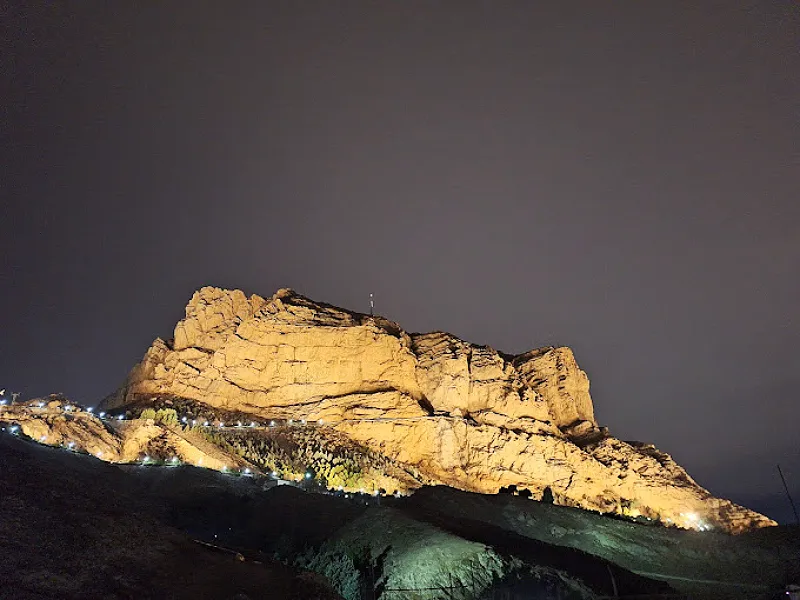
This spot is so popular that it attracts millions of visitors from different parts of the country, and it has all of the things you may need to have fun and experience the best. From natural beauties to modern and thrilling facilities, you can find almost anything you want at this beautiful mountainous destination.
History Behind
The mountainous park of Soffeh has a rich history dating back years ago. Myths and different stories say that this place was a shelter and a hiding place for ancient people. The architectural style of Soffeh Mountain Park and the ancient ruins date back to the Sassanid era, reflecting the core value of this place as an ultimate destination.
Today, the location of Soffeh Park has been restored and equipped with adequate facilities for people to enjoy and spend their time in this area. Let’s see what Soffeh Mountain Park has to offer to its visitors.
Soffeh Mountain Park Location
Firstly, let’s discuss the location of Soffeh Mountain Park. You can start your journey to the location of Soffeh Park from Soffeh Boulevard. This mountainous park is surrounded by other mountains named Takht-e Rostam and Dareh Khaan from the west, providing an unparalleled atmosphere.
Moreover, the park itself has different sections and areas, such as fountains, mountains, and climbing areas, where people get closer to the nature around them and reconnect with their inner souls. One of the beautiful highlights of Soffeh Mountain Park is its starting point, which features a lovely fountain named Khachik.
What to Expect
As mentioned before, Soffeh Mountain Park includes all of the things that a traveler might want to experience. This mountain park is a great place to spend the day with your friends and family.
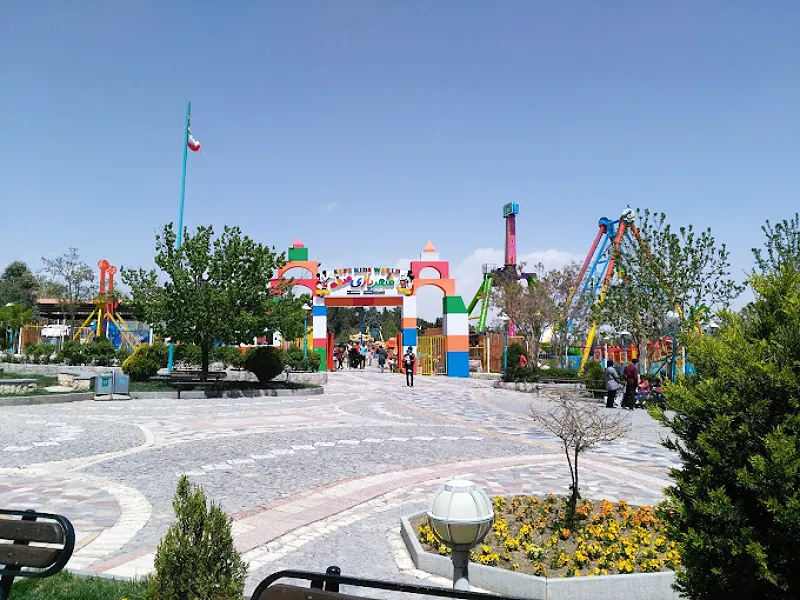
On the west side of the park, you can explore the zoo and the garden of Soffeh Mountain Park and see a diverse range of animals and birds. Moreover, the park also features an amusement park, which is ideal for all ages, and group travelers and families alike can enjoy their time.
Visitors can also experience the gondola lift to see the beauties of the park from above. Last but not least, there is also a bowling area for both men and women.
Nearby Attractions
Soffeh Mountain Park is more than a usual mountainous park. Not only does it feature a lot of sections inside, but it is also surrounded by natural and historical beauties, completing and perfecting the atmosphere of the area.
The castle of Shah-dezh is one of the historical structures near Soffeh Park, which visitors can explore. They can also see the nearby fountains and surrounding natural beauties, and each one of them is an adventure in itself. Some of the located fountains near Soffeh Mountain Park are:
Pa-Chenar Fountain – famous for its surrounding trees and green area
Khachik Fountain – it is approximately to the Pa-Chenar Fountain
Chah-e Darvish Fountain – A beautiful area combined with nature’s peace and tranquility
Gol-e Zard Fountain – the best location to relax and enjoy the atmosphere.
Things to Do at Soffeh Mountain Park
As an explorer, you will have a variety of options to do at Soffeh Mountain Park. Pack your bags and gear up for an adventurous road of hiking and exploring the area of the park, visiting its fountains, and seeing its gardens.

Moreover, if you want to enjoy and have an adrenaline rush, the park features a bowling and billiard area, amusement park, gondola lift, zoo, and many other facilities where you can spend all day and never get bored. So, Soffeh Park is worth visiting and exploring, especially if you wish to experience something different and unique.
Reviews and Opinions
Many reviews and opinions of Soffeh Mountain Park have been positive until this day. This mountain park has been successful and has been pleasing its visitors and guests, especially those who come from distant locations.
Modern amenities and features, along with the natural beauties of Soffeh Mountain Park, have made this place an everyday home for many and a must-see destination for tourists. So far, there have been fewer or no bad reviews about Soffeh Mountain Park, reflecting the necessity to visit this location.
Soffeh Mountain Park Photos
A serene escape from the crowdedness of the city, Soffeh Mountain Park in Isfahan remains a beloved natural retreat for those who want to experience more in Isfahan.
The tranquil atmosphere of Soffeh Mountain Park has been the main reason for visitors to stop by and explore the area. If you take a look at Soffeh Mountain Park photos, you can feel the peace in the air.
Soffeh Mountain Park Facts
Soffeh Mountain Park features historical landmarks that carry the history of the city.
The park includes diverse sections such as a hiking area, jogging area, zoo, and amusement areas, which visitors can explore and experience.
The park has been a popular spot for many years in Isfahan.
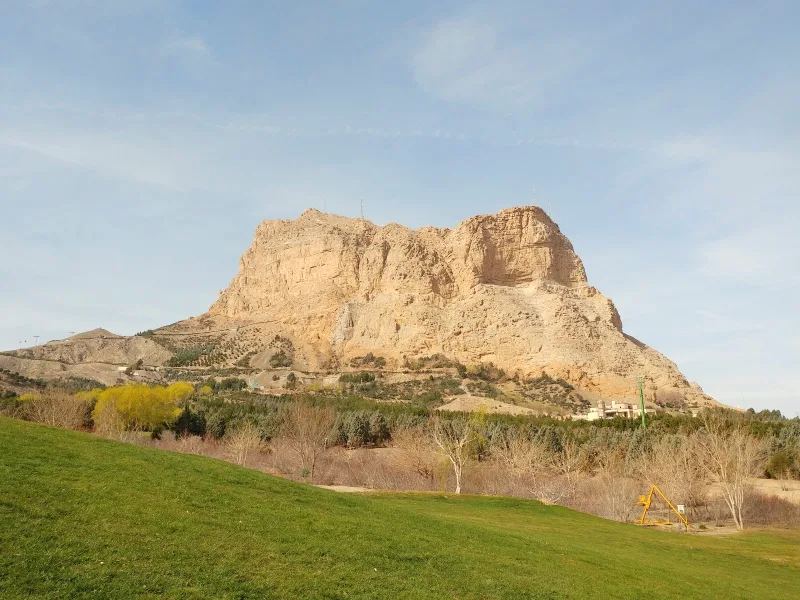
The Soffeh Telecabin (Gondola Lift) is one of the popular highlights of the park, which was installed in 2006.
Mount Soffeh reaches 2257 meters above pretty high sea level.
It is only 5 kilometers away from the city of Isfahan.
The translation of the name of the park means “a raised platform,” which is interesting.
How to Get There?
Soffeh Mountain Park is not an ordinary green space; it is both a natural landmark and a historical site. To get to the Soffeh Mountain Park, first you should go to the city of Isfahan. Then, you can use tour guides, taxis, online cabs, or rental cars to go to Soffeh Mountain Park. The park is not very far away from the city, and you will get there soon.
The best time to visit Soffeh Mountain Park is during the spring when the weather is pleasant and best to experience the true atmosphere of the park.
Final Words
Soffeh Mountain Park is one of the finest destinations to easily dive into the atmosphere of Isfahan and explore its mountainous beauty. This park will not only bring joy but also create lasting memories of Isfahan’s beauties, which you may never forget. Overall, we highly recommend you visit Isfahan and stop by Soffeh Mountain Park to feel its atmosphere and do a variety of thrilling activities.
Are you planning to travel to Iran and looking for an Iran resort? Consider Matinabad Eco-resort.




